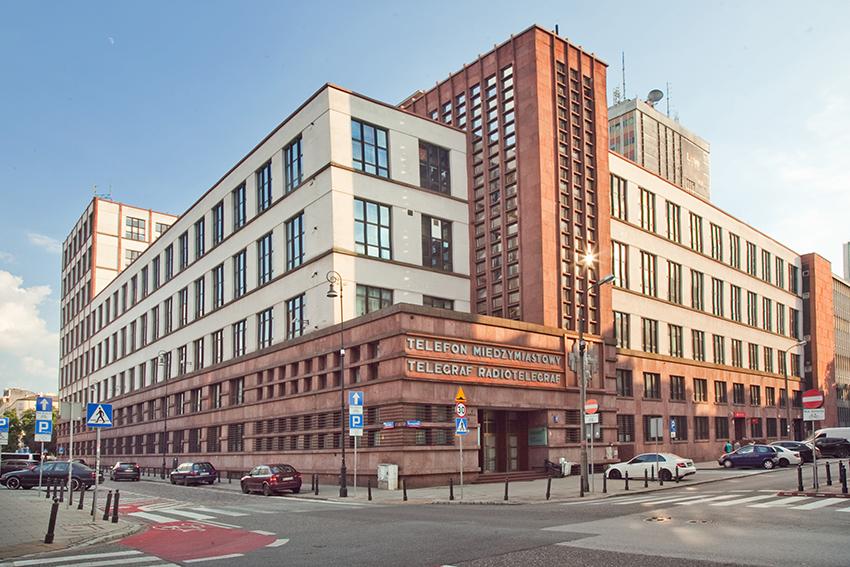2024-12-19
office

Warsaw’s city center continues to evolve, blending the futuristic appeal of cutting-edge office buildings with the charm of revitalized architectural landmarks rich in historical significance. Among these, Polish Modernist gems like the Telecommunications Office at 45 Nowogrodzka Street stand out, captivating Varsovians with their simplicity, functionality, and subtle art déco details. The Telecommunications Office, a hallmark of interwar Polish architecture, exemplifies the modernist maxim “less is more.” Designed between 1928 and 1933, the building served as a cornerstone of Poland’s communications infrastructure during the Second Republic. Its façade, adorned with a striking art déco eagle and a decorative inscription reading “INTERNATIONAL TELEPHONE - RADIOTELEGRAPH,” reflects the ambitions of a young, modern state striving for efficiency and progress. The eagle, designed by architect and sculptor Jan Goliński, is a prime example of modernist detail. With geometric lines and minimalist elegance, it perfectly complements the building’s constructivist design. This subtle integration of art déco aesthetics into modernism highlights the era’s innovative approach to architectural detail. The use of premium materials further enhanced the building’s aesthetic appeal. Red sandstone and noble terrazite plaster gave the façade a dynamic texture, while durable terrazzo floors in various colors added elegance to the interiors. These materials, prized for their durability and visual impact, underscored the building’s importance as a state institution. As historian Adrian Sobieszczański notes, the Telecommunications Office was not only an architectural achievement but also a symbol of Poland’s regained independence and technological aspirations. Its revitalization today echoes the spirit of innovation and functionality that defined interwar Warsaw. Modern Warsaw continues to embrace its historical roots while looking toward the future. The restoration of architectural icons like the “telegraph building” preserves the artistry of the past and offers a blueprint for sustainable urban development. By harmonizing modernist ideals with contemporary needs, the city is celebrating its legacy while creating a vibrant, forward-looking urban environment.

